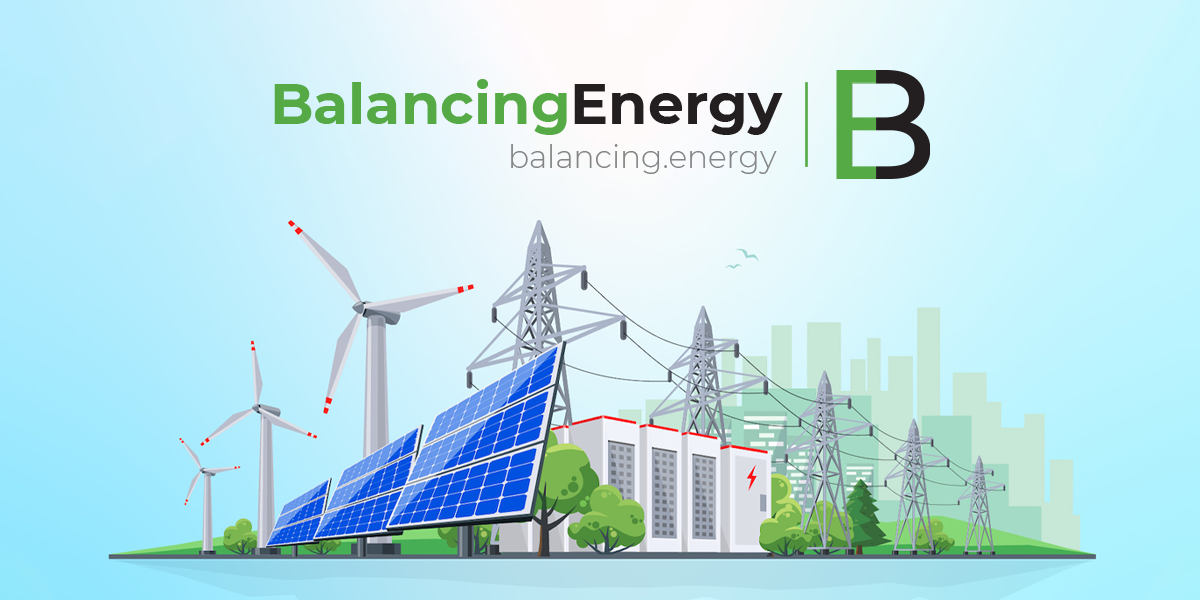By the end of January, Romania had reached a significant milestone with a total installed capacity of 2.44 GW from prosumers, reflecting a 63% increase compared to the previous year. The number of prosumers also surged by 79%, reaching 203,984, and this growth trend is expected to continue, fueled by the introduction of additional state subsidies.
Prosumers have become a driving force in Romania’s energy transition, with this remarkable growth primarily attributed to government incentives, especially those supported by the European Union. Since 2019, the number of households, small businesses, and institutions joining the prosumer movement has exploded, rising from just 303 to nearly 204,000. This increase in prosumers coincides with a 63% jump in total installed capacity. Solar installations have also seen significant growth, rising by 57% last year, and now accounting for over half of the country’s 4.7 GW of installed capacity.
The Environment Fund Administration (AFM) has announced plans to propose a record budget of 442 million euros for its subsidy program aimed at supporting solar panel installations for prosumers, an increase from the 402 million euros allocated last year. Additionally, a new 80.4 million euro scheme will be introduced to support battery storage for prosumers, with more than 66,000 applicants already seeking subsidies of up to 6,000 euros for solar panels with storage systems.
As of two months ago, 180,617 households were part of the prosumer program, making up about 2.4% of Romania’s households, with a total installed capacity of 1.13 GW. The remaining prosumers include 23,277 legal entities contributing 1.31 GW. Ilfov County leads with the highest number of prosumers (13,783), followed by Timis (10,007) and Bihor (8,286).
Dan Pirsan, President of the association of prosumers and energy communities (APCE), highlighted that the new battery storage initiative would enable one in four current prosumers to achieve near energy independence by 2025-2026.










